Expansion of Industrial Automation
The trend towards industrial automation is significantly influencing the Insulation Monitoring Devices Market. As industries adopt automated systems, the need for continuous monitoring of insulation integrity becomes increasingly important. Automated systems require reliable insulation to function optimally, and insulation monitoring devices provide the necessary oversight. This trend is particularly evident in sectors such as manufacturing and logistics, where operational efficiency is paramount. The integration of insulation monitoring devices into automated systems is expected to enhance productivity and reduce maintenance costs, thereby driving market growth in the coming years.
Rising Demand for Energy Efficiency
The Insulation Monitoring Devices Market is experiencing a notable surge in demand driven by the global emphasis on energy efficiency. As industries and commercial establishments strive to reduce energy consumption, the need for effective insulation monitoring becomes paramount. These devices play a crucial role in identifying insulation failures, which can lead to energy losses. According to recent estimates, the energy efficiency market is projected to grow significantly, with insulation monitoring devices being a key component. This trend is likely to propel the adoption of these devices across various sectors, including manufacturing, healthcare, and data centers, where energy costs are a major concern.
Growing Adoption in Renewable Energy Sector
The renewable energy sector is expanding, and with it, the Insulation Monitoring Devices Market is poised for growth. As more organizations invest in renewable energy sources, the need for reliable insulation monitoring becomes critical to ensure optimal performance and safety. Insulation monitoring devices are essential in wind turbines, solar panels, and other renewable energy applications, where insulation integrity is vital for efficiency. The increasing focus on sustainability and clean energy solutions is likely to drive the demand for these devices, as companies seek to enhance the reliability and safety of their renewable energy installations.
Increased Focus on Safety and Risk Management
Safety remains a critical concern across industries, particularly in sectors such as healthcare and manufacturing. The Insulation Monitoring Devices Market is benefiting from heightened awareness regarding electrical safety and risk management. Insulation failures can lead to hazardous situations, including electrical shocks and equipment damage. Consequently, organizations are increasingly investing in insulation monitoring solutions to mitigate these risks. Regulatory bodies are also emphasizing the importance of safety standards, which further drives the demand for these devices. The market is expected to expand as companies prioritize safety measures and compliance with industry regulations.
Technological Advancements in Monitoring Solutions
The Insulation Monitoring Devices Market is witnessing rapid technological advancements that enhance the functionality and efficiency of monitoring solutions. Innovations such as IoT integration and real-time data analytics are transforming how insulation monitoring is conducted. These advancements allow for proactive maintenance and timely detection of insulation failures, thereby reducing downtime and operational costs. The market is likely to see an influx of smart insulation monitoring devices that offer enhanced features, catering to the evolving needs of various industries. As technology continues to evolve, the adoption of these advanced solutions is expected to rise.
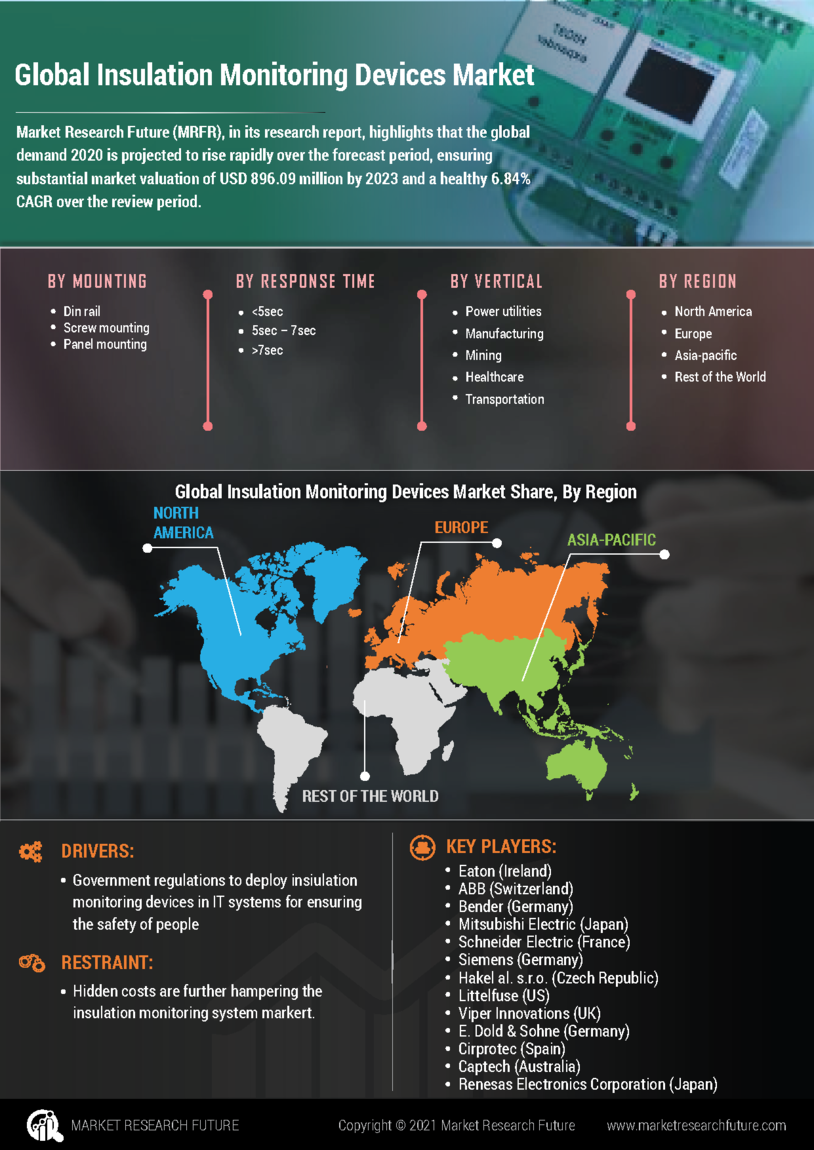
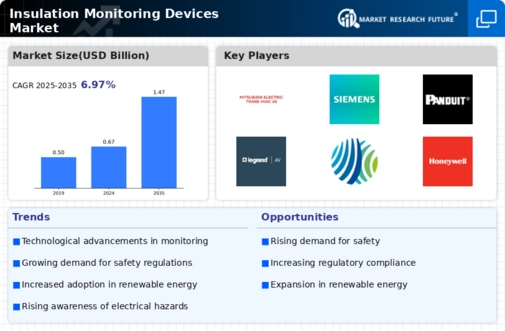
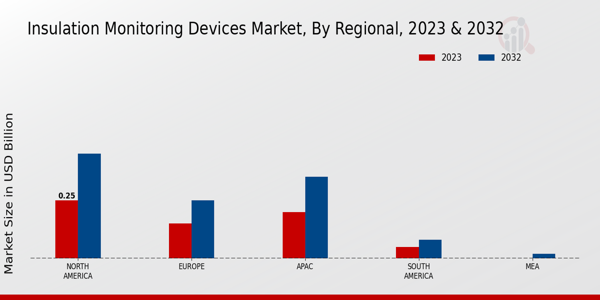
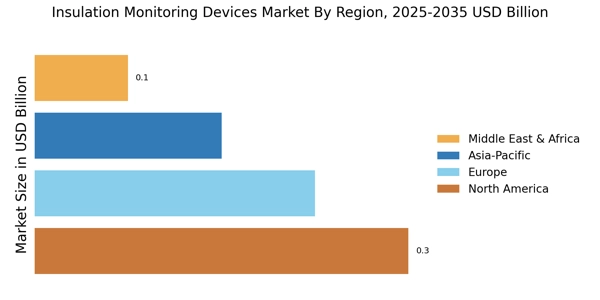
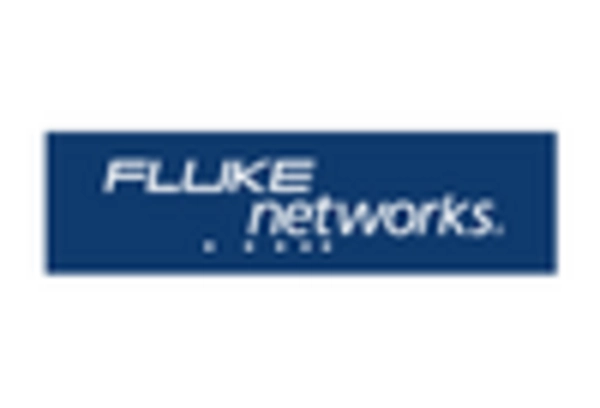
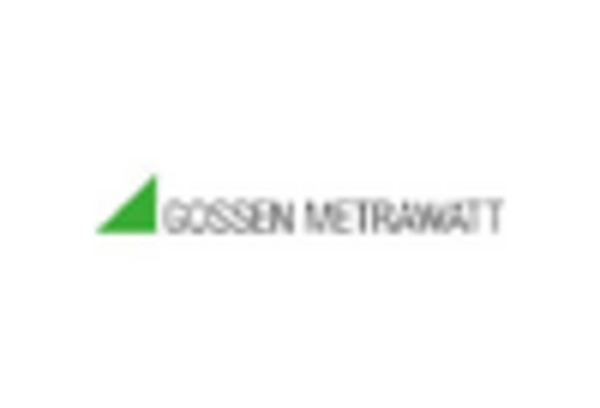
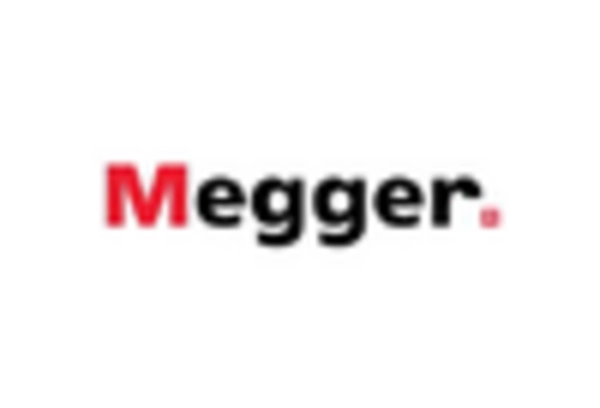
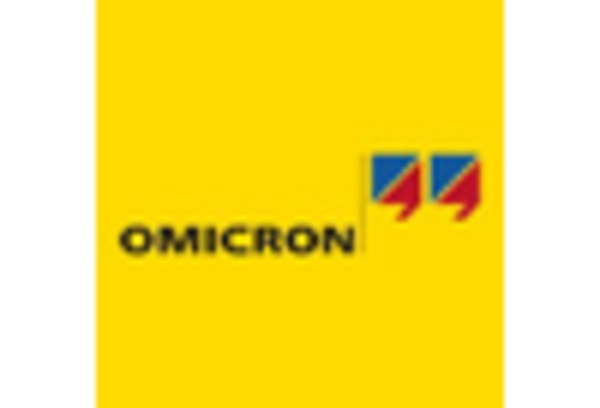










Leave a Comment